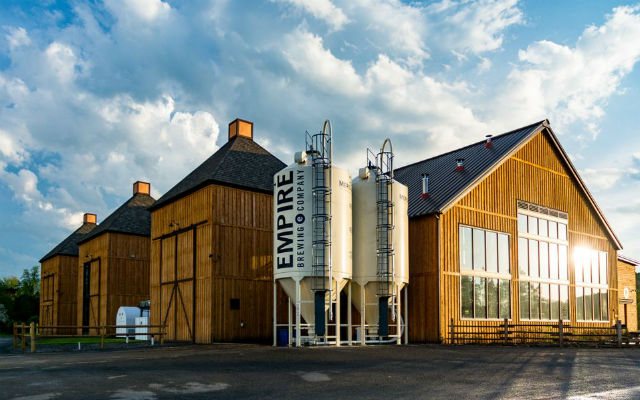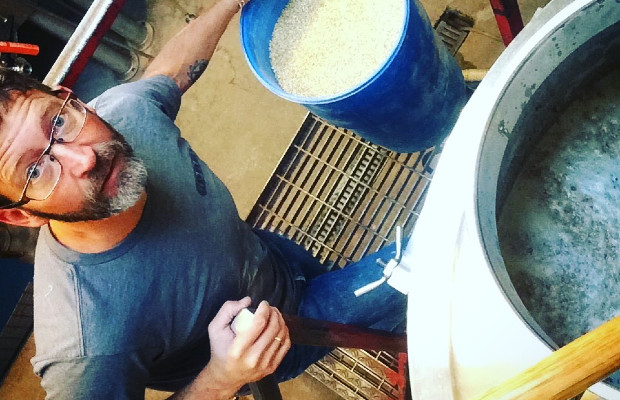
Knowing what to measure can be as important as what’s in the fermenter and being canned or poured and served over the tasting room bar.
There is a range of sales data and performance indicators that can help steer decisions around production, marketing and expansion in any cidery. The data points that many cideries shared with Cider Business & Brewer Mag to track can vary with size and strategy, but several priorities emerge, including:
- Sales velocity and depletion data: Gauge how quickly products are moving and where.
- Revenue-focused brand performance: Ensure that growth aligns with profitability.
- SKU density: Increase portfolio presence in accounts to lift overall sales.
- Syndicated market data: Benchmark against competitors and the broader beverage industry.
- Event and market success: Identify and replicate the most effective outreach opportunities.
- Repeat purchases: Track customer loyalty and the strength of sales relationships.
When taken altogether, these metrics can give you tools to make informed production, marketing and distribution decisions.
Charles Talbott of Talbott’s Cider said that depletion data and sales velocity are essential in showing how quickly a product moves through distributors and retailers. Regional performance adds another layer, helping identify where to double down on marketing or adjust distribution.
“When we align with what buyers and customers are looking for, we see a noticeable uptick in sell-through,” Talbott said. Tracking how quickly a product leaves shelves is a direct gauge of consumer demand.
2 Towns Ciderhouse co-founder Aaron Sarnoff-Wood added that measuring velocity not just by volume, but by revenue, is also key.
Different ciders can have different profit margins, so pushing the wrong brand in higher volume may not actually benefit the bottom line. SKU density — the number of distinct products on a retailer’s shelves — also plays a role.
“We’ve found an additive effect when multiple SKUs are available within an account and certain brands perform best when sold adjacent to others within our portfolio,” Sarnoff-Wood said.
He adds that benchmarking against competitors using syndicated data such as Circana or Nielsen ensures the cidery isn’t just tracking its own performance in a vacuum.
Smaller producers often rely on simpler metrics when you are starting out. For Vermont-based Watson Wheeler Cider, co-founder Bleeker Wheeler said the team reviews which markets and events brought the most success the prior year, then targets similar opportunities.
As a self-distributed cidery, their strategy also includes expanding reach through tastings and opening new accounts locally. For newer cideries, assessing event profitability and local demand can be the clearest roadmap to sustainable growth.
READ MORE: Creating Strategic Cider Inventory & Production Planning
City Orchard co-founder Patrick Kwiatkowski points out that the importance of repeat purchases in both on- and off-premise channels can be vital also.
While landing new placements is always a milestone, the second and third orders are more telling.
“New PODs are a huge goal but that second purchase tells you a lot about your product and your sales team,” Kwiatkowski said. This metric can validate consumer loyalty and distributor buy-in.
Whether through national syndicated data or your own grassroots event performance, knowing what to measure remains central to building a successful cider business.







Be the first to comment